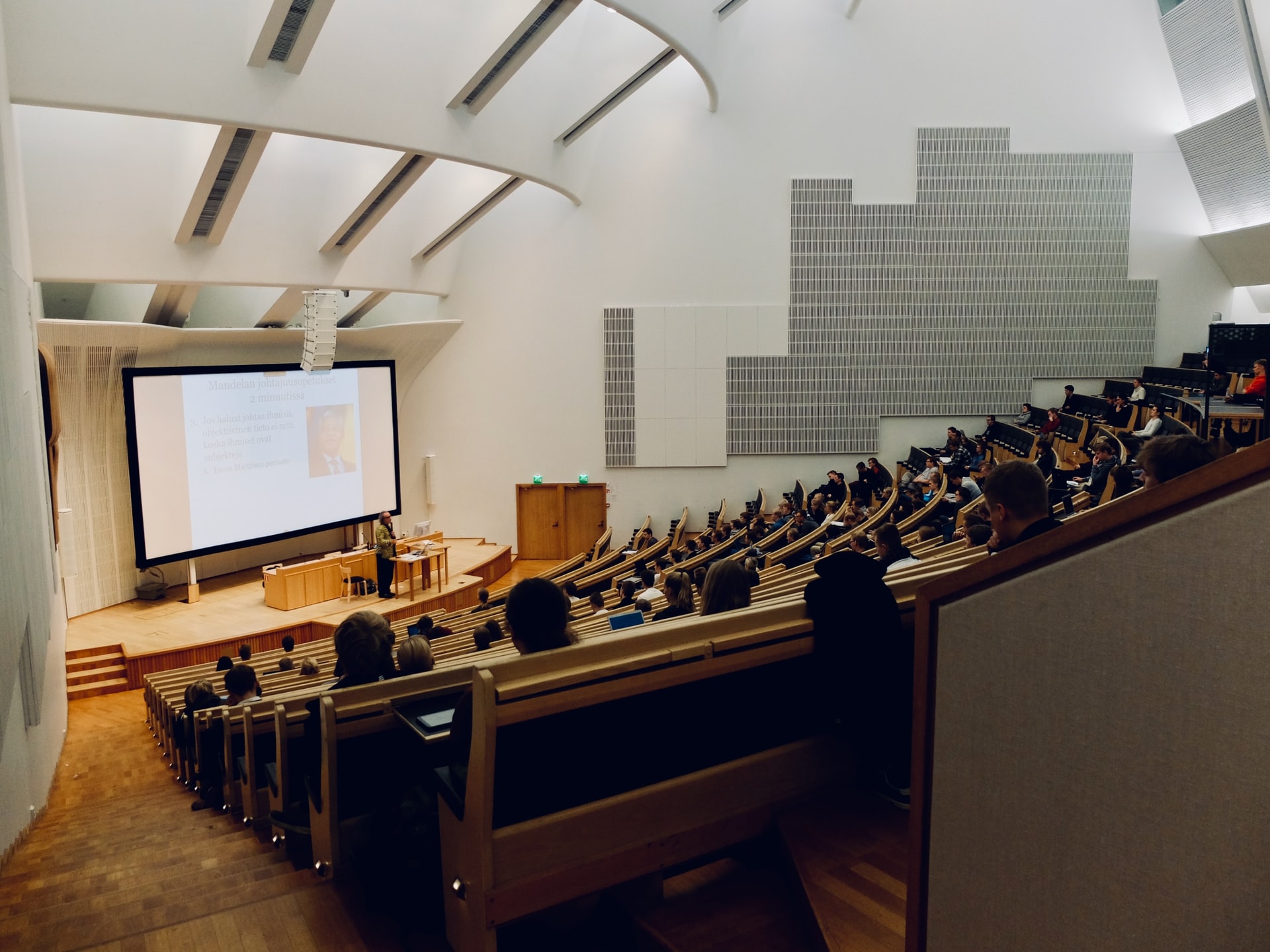Access Into Medical School: Guide - Your community for widening participation in medicine: UCAT training, BMAT training, mock interviews and mentorship.
> Medicine 101 Guide > Choosing the Right Medical School > Explaining The Jargon Of Medicine Courses
Explaining The Jargon Of Medicine Courses

For medicine, sifting through the differences between the same courses at different universities can feel like walking through a minefield. In this guide, we will give a brief overview of the common differences between courses that you’ll see floated, and what effect they have on your learning. There is variation between each university but these are the general concepts.
Course Length – Postgrad, Undergrad, Foundation
Undergraduate Medicine
- Course length: 5-6 years
- Course overview: Pre-clinical stage (years 1+2 for integrated and PBL structure/years 1-3 for traditional structure) and clinical stage (Years 3-5 for integrated and PBL structure/years 4-6 for traditional structure).
- Course is aimed at: Those coming from A-levels into medicine (AKA direct school leavers).
During the pre-clinical phase, you participate in university-style learning such as lectures and seminars to develop baseline biomedical knowledge. In the clinical phase, you start to have consistent placements in a clinical environment, shadowing a variety of healthcare professionals and building an understanding of the workplace environment. We’ll cover the variation in course lengths in the “course structure” section next.
Postgraduate (‘Accelerated’) Medicine
- Course length: 4 years
- Course overview: Pre-clinical stage (year 1) and clinical stage (years 2-4).
- Course is aimed at: Those who already have a degree.
The main difference here is the pre-clinical phase is condensed into one year. There are usually financial incentives to applying to a graduate entry route, over applying as an undergraduate for a second degree. Firstly, losing the extra year, but also discounts on your student loan fees and more financial support generally.
Foundation Year Medicine
- Course length: 6 years
- Course overview: Foundation year (year 1), pre-clinical stage (years 2-3), and clinical stage (years 4-6).
- Course is aimed at: Widening participation applicants/those without science backgrounds.
Foundation courses are distinct to ‘standard’ undergraduate medicine courses in that you spend an extra year at the start of the course doing a ‘foundation year’. This is an extra year of study to help bridge the gap between A-level and university education. These foundation year degrees can sometimes also be open to applicants who do not have a science background. These courses often have lower entry requirements than other undergraduate medicine courses.
NOTE: You may be eligible for widening participation adjustments to your offer for all of these course varieties. Check out our admissions calculator to find out more.
Course Structure: Traditional, Integrated, and PBL
This section covers the different types of teaching methods used in medical courses. Note that all UK medical degrees fulfill the same outcomes set by the General Medical Council and no one course is better than another. However, a teaching style may work better for you than another so have a think about which style may work best for you.
Traditional Medicine
- Course length: 6 years
- Course overview: Pre-clinical stage (years 1-2), intercalation (year 3) and clinical stage (years 4-6).
- Course focus: Greater emphasis on academic knowledge in the pre-clinical stages of the course.
This is the course structure found at primarily Oxford and Cambridge. In years 1 and 2, your teaching is focused on building your biomedical knowledge. 3rd year involves studying for a separate, year-long Bachelor’s/Master’s degree so that when you graduate finally, you will have actually gained 2 degrees. Most ‘non-traditional’ universities offer a voluntary intercalated year. See below).
Integrated Medicine
- Course length: 5 years
- Course overview: Pre-clinical stage (years 1-2) and clinical stage (years 3-5).
- Course focus: Emphasis on clinical experiences and knowledge consistently throughout the course
While this structure still has pre-clinical and clinical phases, students will be given some exposure to clinical environments while learning in their pre-clinical phases. The amount of clinical learning you will receive in those earlier years is dependent on the medical school itself, so read each university’s course overview carefully!
The pre-clinical phase content will also have a greater emphasis on clinical knowledge than in a traditional course. You could also choose intercalate (more on this later).
Problem-Based Learning (PBL)
- Course length: 5 years
- Course overview: Pre-clinical stage (years 1-2) and clinical stage (years 3-5).
- Course focus: Group-based task-learning and emphasis on independent learning, in opposition to lecture-based learning.
PBL is a teaching style that is used predominantly in the USA but a number of medical schools utilise this. Instead of learning via lectures with a large cohort, you will be taught in smaller group seminars with tutors, where you can be set tasks within the group that develop your medical knowledge.
There is also a significant self-directed learning aspect. An example are ‘flipped classrooms’ where you’ll read up on content and present what you have learnt to your group. It should be noted that PBL courses still have some level of lecture-based teaching and there are many variants of PBL (e.g. case-based learning or CBL).
Anatomical learning- Dissection, Prosection, and Virtual Teaching
Anatomy is the study of different structures within the body and using that to find how the structure works. Anatomy can be taught in a number of ways at medical school.
Dissection
The classic method of learning that most people have heard of, dissection is commonly used among medical schools that supply cadavers (donated human bodies). It is generally student-led, with input from the anatomy team, giving you the chance to dissect tissues yourself for your own learning. Some schools use ‘full body dissection’ where you will work on a complete human body, and other times you will be dissecting specific tissues, such as a heart.
Prosection
This is different from dissection in that the cadavers that you use have already been dissected by a professional anatomist. From this, you can follow relevant anatomical structures in a more precise way than what may be achieved by dissection. Teaching is often lead by the anatomy team rather than the student, so it’s more centrally structured than dissection, but you are often still left to use your own knowledge to identify structures and their anatomical functions.
Virtual teaching/models
This style involves using realistic models and online software to learn your anatomy. Though it’s not as visceral (pun intended) as learning with a cadaver, it also gives you a better idea of textbook anatomy, with no abnormalities or normal variation that can be found in human specimens. Though some universities may use cadavers for the bulk of their teaching, they will likely also incorporate models and virtual teaching if it is deemed more appropriate or accessible to the student.
Additional Opportunities: Intercalation, SSCs, and Electives
Intercalation
Intercalation is the opportunity to undertake an additional degree (usually a Master’s or Bachelor’s degree) by taking a break from your medical degree. This is usually an optional part of the course however some universities (e.g. Oxford, Cambridge, Imperial College London etc) make it a compulsory part of the course.
The vast majority of universities offer this to medical students internally, although you can also intercalate at a different university if they run a course you are more interested in. Intercalation is usually done between 2nd and 3rd year or 4th and 5th year of the medical degree.
Note that there can be competitive entry into specific intercalated degrees depending on the course you which to study. There are also implications about how the degree is financed, so read up more if this is something you think you are interested in. There is also sometimes an opportunity for an intercalated PhD.
Student selected component
Student selected components (SSCs) are short, 4-6 week blocks where students explore areas of their own interest in medicine. These offer an opportunity to develop knowledge on topics not covered in the core curriculum. This gives students a broad mandate to conduct their own studies; it can be in any area and be involved with any specialty. The structure is also highly variable dependent on the learning setting. Most medical schools offer at least one SSC at some point in the course (often between years 1 to 5).
Elective
Electives are a 6-10 week components where the student chooses what they learn. One difference to SSCs is electives tend to be done abroad. Students have the opportunity to get the first-hand experience in a clinical setting. This allows for the learning of skills and clinical techniques that are not covered in the core curriculum. There are bursaries available to cover the costs of accommodation and travel.
